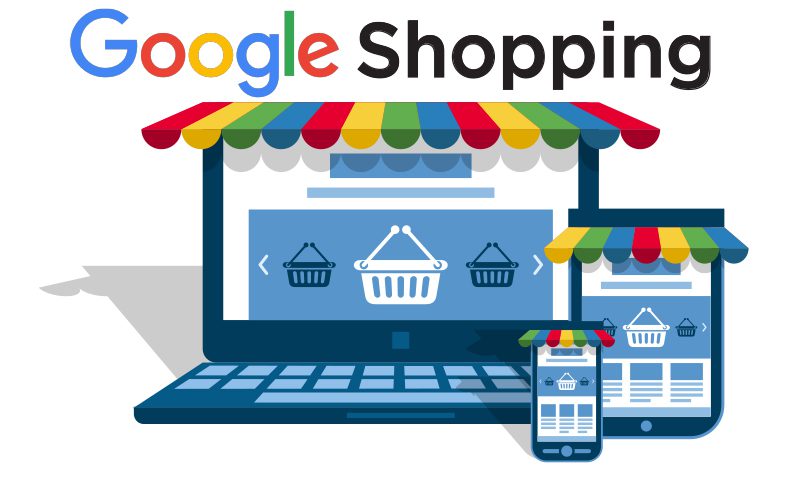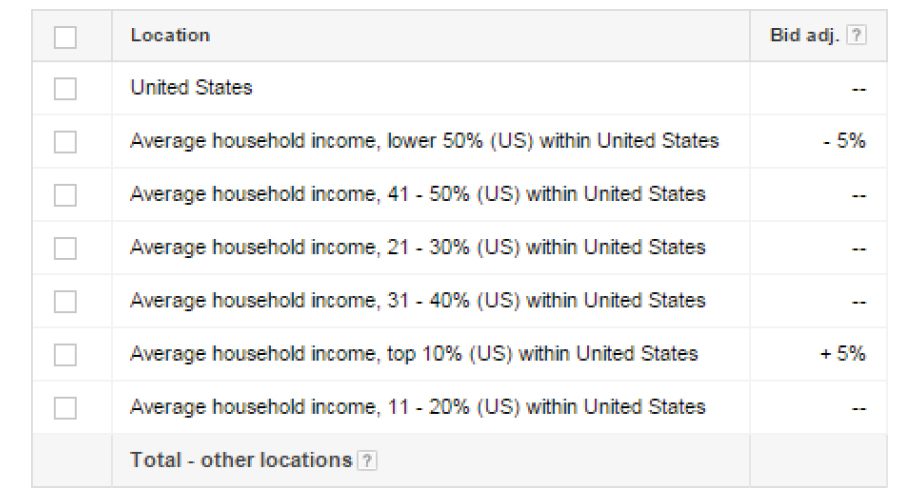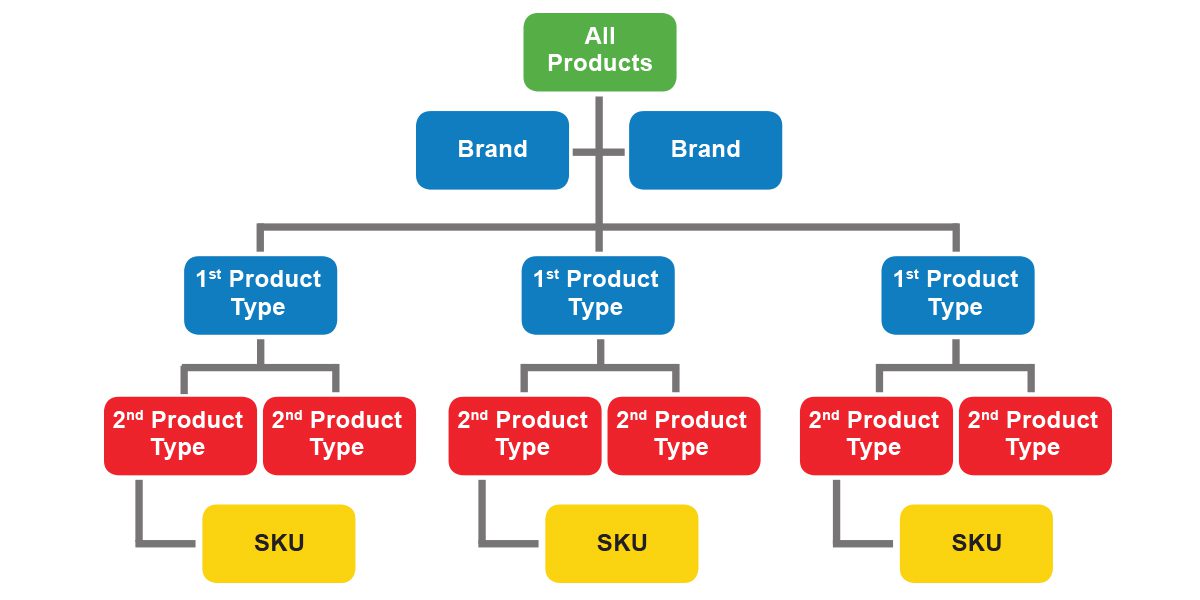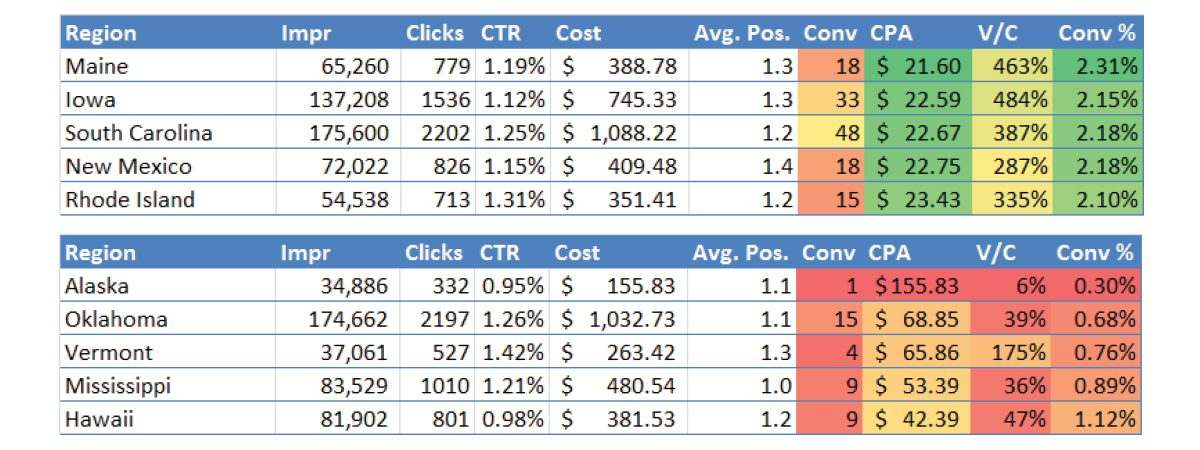In Part 1, we discussed the major importance of Google Shopping and how to have a bigger impact by focusing on targeting mobile devices. We also discussed tips and hacks for a better mobile bidding strategy.

Today, we’re going to talk about how to optimize your shopping feed, how to properly utilize custom labels, as well as geographic and demographic bidding.
Shopping Feed
First, let’s talk about your shopping feed. No amount of Google Shopping strategy can compensate for a sub-par product feed. Your product feed data is the digital packaging for your online products.
Without a great feed, you may still be profitable, but your opportunities will be very limited in the hyper-competitive Shopping landscape. The key to successful product ads is in the feed itself.
Successful Google Shopping advertisers think like their customers and ask the question: If I were buying this product, what would I want to see? What would I want to read about? When you think like the customer, building a great feed is easy.
When constructing a feed, most feed developers drift towards a “just get-it-done” or a “good enough” mindset that can limit success. Why? Because that’s what everyone else is doing, and the name of the game is having more and better data than everyone else.
Customers want great information. You want great Google Shopping performance. The answer is a dedication to data quality.
Are all the products in your feed worth the same to your business? If not, then why would you only have one ad group for “All Products” in your Product Listing Ad campaign? Dumping all products into one ad group with one bid doesn’t allow retailers to bid profitably based on product margins.
Segment your campaigns by category, brand, SKU, or custom labels to give them the same sort of control as tightly grouped keywords. Use the product targets and labels in your Merchant Center Feed to group together products by category, price, brand, or margin. We recommend an account structure that follows this hierarchy:
Additionally, with conversion tracking available down to the keyword level, you can optionally track the dollar value of every sale. ROAS (Return on Ad Spend) metrics are then displayed as Value/Cost for your search, display, and product listing ad campaigns. Optimizing according to this number allows you to bid according to revenue, not just conversions.
Custom Labels
Custom labels allow you to hand-pick a group of products based on a characteristic that is meaningful to your business. They are incredibly useful for segmenting out your ads based on a set of criteria that you determine to be important or unique and allow you nearly limitless freedom in setting up campaigns that are tailored to your business’s exact needs.
These labels also enable you to customize your Shopping bids based on the product group’s value to your business. If you’re not using custom labels, you’re missing out in a big way. You can add custom labels as a column in your feed, and then target your Shopping Campaigns by choosing these custom labels in the Shopping interface. Bid accordingly on these special targets.
Common custom labels group products by attributes like:
- Best sellers/trending products
- Seasonality
- Profits or margins (high or low)
- Stocked or drop-shipped
- Clearance/closeout status
- Price
- Loss leaders/promotional items

Geographic Bidding
Another Google Shopping default is location targeting. Most accounts are targeting the United States as a whole. This setting causes retailers to miss a big opportunity for ROI.
In almost every account we review, some states convert fantastically for certain retailers, while others perform poorly, depending on variables like weather, demographics, and population. We recommend starting simple—you’ll want to immediately adjust bids for obviously profitable or unprofitable areas in order to boost your ROI, but avoid drastic increases or decreases until you have a chance to further analyze the data and find the best bid modifiers for your account.
Demographic Bidding
Demographics targeting is a relatively new option within Google Shopping, and one that we have found useful for many retailers. This targeting option builds off of location targeting and allows you to adjust your bidding approach based on average household income tiers. This is data that Google pulls through census data.
For retailers who sell high end or luxury products, it’s no secret that the top income tiers perform the best. But these retailers are not the only ones who can see profit lifts from using demographic targeting.
By default, you won’t see these targets in your account unless you add them. We highly recommend adding these household income targets to your account, without setting any bid adjustments, in order to collect data and see if there are any household income performance trends.
If, after running these targets for several weeks to collect data, you notice that one income tier is performing significantly better or worse than others, you can then adjust your bids accordingly.

Congratulations, you now have the tools to greatly improve your Google Shopping campaigns! This is obviously just the tip of the iceberg, as there are still many other contributing factors to success. To learn even more about Google Shopping and how you can better utilize it, download our complimentary report on the default settings that kill retailer profitability.
You can also sign up for a free 20-minute account review with one of our ecommerce marketing experts to uncover tactics that can boost your advertising efforts even further.






